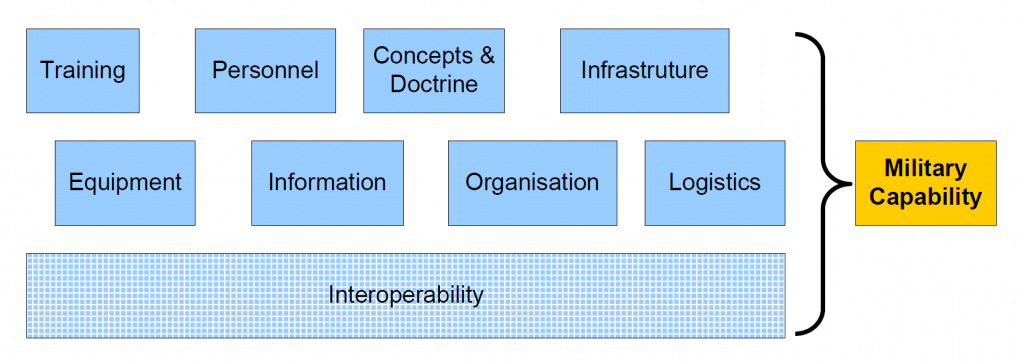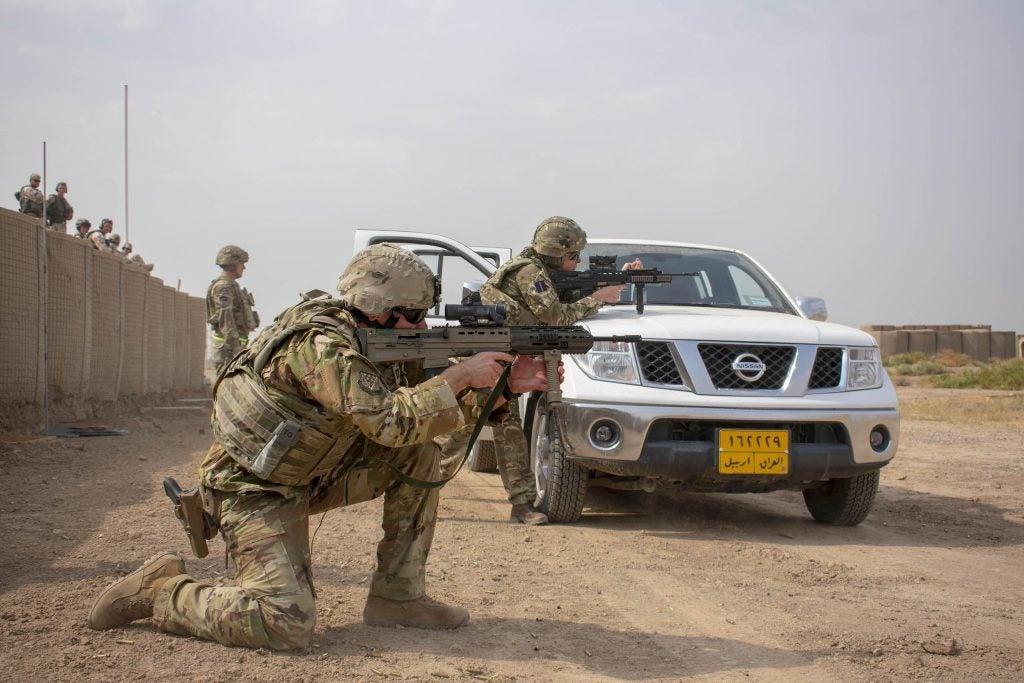Capability Management and the Defence Lines of Development
In our previous article, I identified two basic, but fundamental, models that are used in the United Kingdom Ministry of Defence’s (MOD) procurement systems. The first was ‘CADMID’ that describes the whole life cycle of an acquisition project. The second model, which I’ll describe in this article, is the Defence Lines of Development (DLODs). The purpose of the DLODS is to ‘provide a mechanism for co-ordinating the parallel development of different aspects of capability that need to be brought together to create a real military capability’ (quoted from Ministry of Defence (2009) ‘20090210-MODAF DLOD Analysis V1_0-U).
The MOD identifies the different aspects of capability as:
- Training
- Equipment
- Personnel
- Information
- Concepts & Doctrine
- Organisation
- Infrastructure
- Logistics

As with all military systems and models, it is accompanied by an acronym – TEPID OIL (the C from Concepts and Doctrine is dropped), an interesting choice.
The most fundamental of the aspects is the ‘unmentioned’ Interoperability requirement. The intention of which is that each of the aspects shouldn’t be considered in isolation of the others and it highlights the interactions between each of them.
Each of the different DLODS may have separate ‘readiness’ levels and can progress being led by different projects or programmes. This often means that there isn’t a cross-cutting responsibility or ownership. Even at the Senior Responsible Officer level, the costs aren’t always their accountability outside of a specific remit. This means that, like with the CADMID model, issues and risk outside of that remit may be discounted and left for resolution elsewhere.
One issue with the DLODs approach is that it can be misunderstood by those not familiar with it. For example, many critics focus on the equipment DLOD as an area of concern and risk. It’s a tangible line for which there can be an understood ‘technology readiness level.’ As such, the others, and their interoperability with it, can be overlooked or misunderstood. For example, the SA80 rifle in the British Army has received multiple, and regular, calls for it to be replaced; however, this would only replace the equipment.

If an alternative design (meaning a non-bullpup design) was introduced then it could significantly impact the training DLOD and the cost of re-training the British Army’s soldiers to use a different personal weapon would have to be considered. If the Equipment, in this case the rifle, had a different effective range it would affect the Concepts and Doctrine of the whole Army. If it were to have a different calibre, it would result in a change in Logistics and possibly the Infrastructure of the defence industry who produce this information on a routine basis.
By understanding the DLODs approach to capability management, and thinking of capability in its entirety, it’s possible to understand some of the challenges facing defence procurement even with what would normally seem to be a quick and simple solution.

